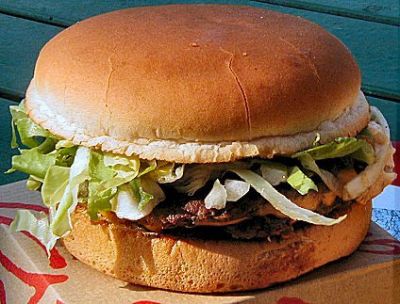Health conscious people want to eat fresh food. EU-funded scientists
initiated the project 'Processing raw materials into excellent and
sustainable end products while remaining fresh' (
PRESERF) to investigate three new food preservation techniques.
Freezing and thawing alters the texture and nutritional value of products such as leafy vegetables and soft fruit by disrupting cell structure. Pulsed electric fields reversibly open cell walls and enable subsequent vacuum infusion of substances (cryoprotection agents) that protect against the harmful effects of freezing. Scientists studied both processes individually and tried combinations to maintain cell structure and viability after freezing.
Drying is an effective preservation technique that alters the structure, nutritional content and physical appearance of food. Use of supercritical carbon dioxide (CO2) rather than hot air or freeze drying showed promising potential for mild, economical drying. Preliminary observations indicated equal or better preservation of structure and the restoration of characteristics after rehydration in soups and sauces. Lower energy consumption and enhanced preservation of bioactive compounds was found in comparison to conventional drying techniques.
Supercritical CO2 can also be used for pasteurisation to kill and prevent the growth of new microbes in food without affecting aroma or texture. Microbial inactivation was effective in all three foods tested, with faster inactivation occurring at higher temperatures. By using liquid instead of solid sorption materials to recycle CO2, a continuous processing mode was designed to allow improved ease of operation and substantial reduction of both energy (operation costs) and investment costs.
The project's results include two spin-off companies established for further exploitation of the freeze-protection technique and the CO2 drying technology. The spin-offs have already attracted the interest of investors and potential users, ensuring that the work performed within PRESERF will continue.
Technologies have the potential to increase the quality, safety and preservation of a variety of solid food products. At the same time, they reduce the environmental impact of processing technologies all along the food preparation chain. Combined with reduced costs for manufacturers, enhanced competitiveness is sure to follow.

